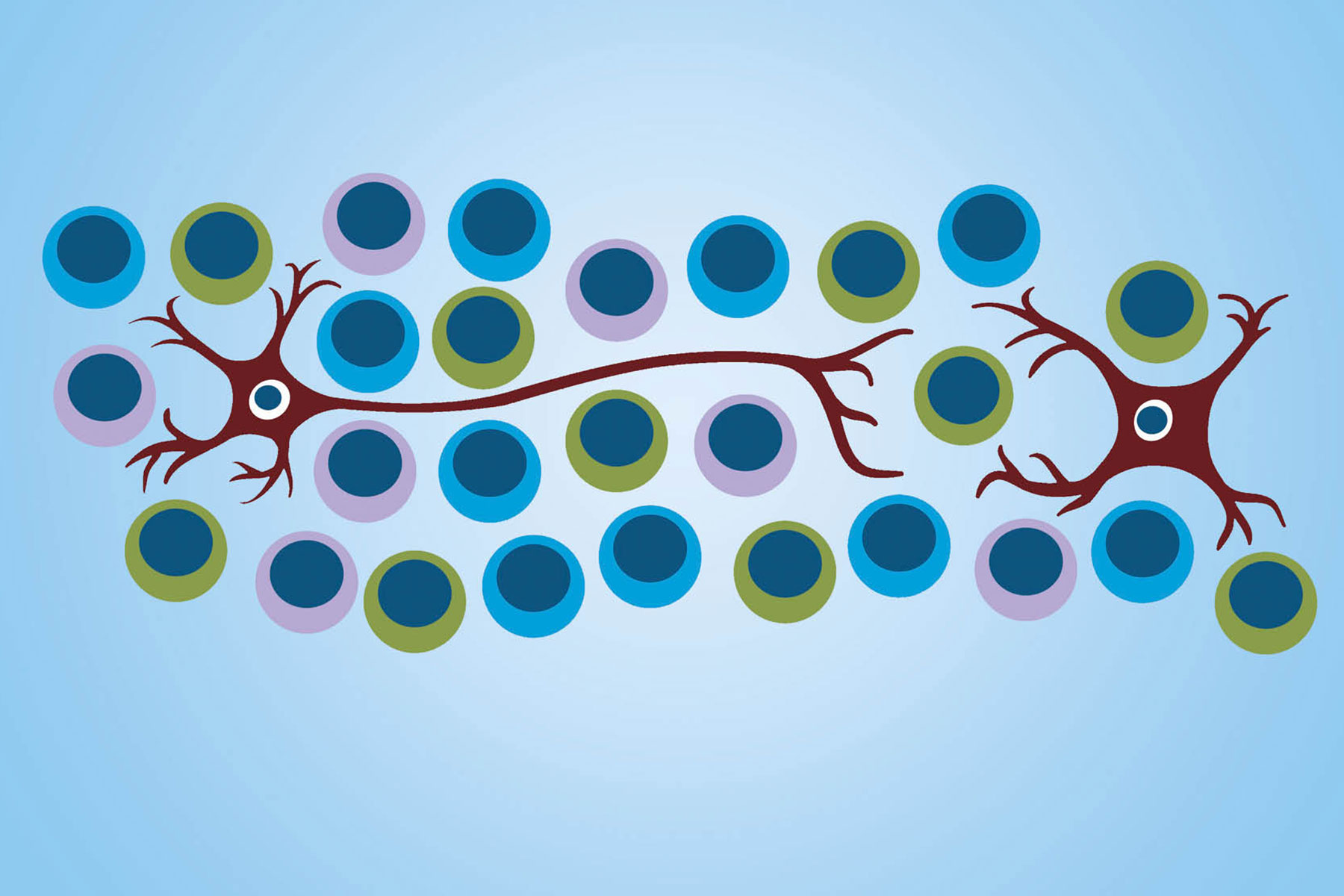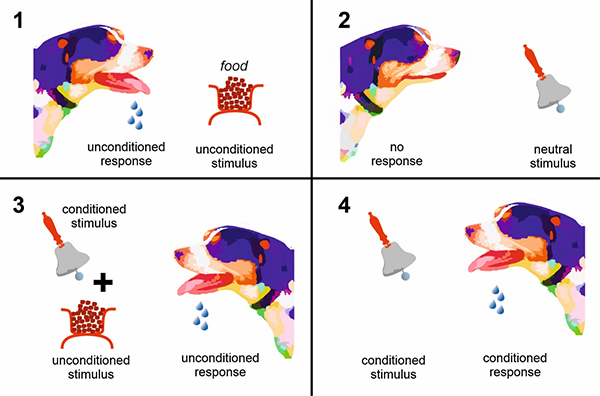
RESEARCH
Neuroimmunomodulation Viewpoints
Pillar Articles Series: The Transformation of Pavlov's Theory into Immunology
Get a quick and to-the-point expert assessment of a selection of the latest Karger Neuroimmunomodulation articles. PsychoNeuroImmunologist Rainer H. Straub, Professor at the Regensburg University, comments on a regular basis on the latest research results published in Neuroimmunomodulation and on a series of Pillar articles published elsewhere.
Pillar Article Series
Viewpoint on:
- Metalnikov S, Chorine V. Role des reflexes conditionnels dans l’immunite. Ann Inst Pasteur (Paris) 1926;40:893–900
- Metalnikov S, Chorine V. Role des reflexes conditionnels dans la formation des anticorps. CR Soc Biol 1928:1:142–145
What was Pavlov’s Theory?
- Pavlov called a salivation response of a dog to a meal the unconditioned response and the meal itself was the unconditioned stimulus.
- Using a neutral stimulus such as a bell did not elicit a response, but…
- Association of the bell with the meal again lead to salivation. Repeating the association makes the neutral stimulus – the bell – to the conditioned stimulus.
- After repeated associations, the conditioned stimulus of the bell elicits salivation, which is now the conditioned response.

Fig 1-4. Scheme of classical conditioning on the example of Pavlov's dog. Image is modified from Pavlov's dog.svg (Wikimedia Commons). This file is licensed under the Creative Creative Commons and Attribution-Share Alike 3.0 Unported license.
For this work and others, Ivan Petrovich Pavlov was awarded the Nobel Prize in Physiology or Medicine in 1904. Today, we recognize this form of conditioning as a learning mechanism, which involves our memory in the brain. Immune conditioning plays a role in placebo therapy of immunological diseases (1).
The Idea of Metalnikov and Chorine
In the 1920s, Metalnikov and his colleague Chorine at the Pasteur Institute in Paris, France demonstrated that a conditioned stimulus alone without the presence of an antigen could evoke an immune response (#4 in the picture). How did they show it? They applied intraperitoneal injections of various bacteria-derived compounds such as Bacillus anthracis, a Staphylococcus filtrate, or Vibrio cholera as unconditioned stimulus, and scratching or heating the skin with a warm metallic plate as conditioned stimulus in guinea pigs. After the association phase and a delay to allow the return to baseline levels, the conditioned stimulus alone yielded a significant and rapid influx of neutrophils. Using Vibrio cholera as unconditioned stimulus, unconditioned animals died 7 to 8 hours after the Vibrio cholera challenge one day following conditioned stimulus re-exposure, whereas the conditioned animals lived 36 hours. Some even survived and were re-challenged.
In one form or the other, immune conditioning stood the test of time (1), and some of the experiments have also been published in Neuroimmunomodulation (2-8).
Written by Rainer H. Straub
Editor in Chief of Neuroimmunomodulation
References
- Hadamitzky M, Lückemann L, Pacheco-López G, Schedlowski M.: Pavlovian Conditioning of Immunological and Neuroendocrine Functions. Physiol Rev. 2020;100:357-405. doi: 10.1152/physrev.00033.2018
- Bauer D, Busch M, Pacheco-López G, Kasper M, Wildschütz L, Walscheid K, Bähler H, Schröder M, Thanos S, Schedlowski M, Heiligenhaus A.: Behavioral conditioning of immune responses with cyclosporine a in a murine model of experimental autoimmune uveitis. Neuroimmunomodulation. 2017;24:87-99. doi: 10.1159/000479185
- Vidal J, Chamizo VD.: The conditioned stimulus elicits taste aversion but not sickness behavior in conditioned mice. Neuroimmunomodulation. 2010;17:325-32. doi: 10.1159/000292021
- Pacheco-López G, Niemi MB, Kou W, Baum S, Hoffman M, Altenburger P, del Rey A, Besedovsky HO, Schedlowski M.: Central blockade of IL-1 does not impair taste-LPS associative learning. Neuroimmunomodulation. 2007;14:150-6. doi: 10.1159/000110639
- Haour F.: Mechanisms of the placebo effect and of conditioning. Neuroimmunomodulation. 2005;12:195-200. doi: 10.1159/000085651
- Mei L, Li L, Li Y, Deng Y, Sun C, Ding G, Fan S.: Conditioned immunosuppressive effect of cyclophosphamide on delayed-type hypersensitivity response and a preliminary analysis of its mechanism. Neuroimmunomodulation. 2000;8:45-50. doi: 10.1159/000026452
- Exton MS, von Hörsten S, Strubel T, Donath S, Schedlowski M, Westermann J.: Conditioned alterations of specific blood leukocyte subsets are reconditionable. Neuroimmunomodulation. 2000;7:106-14. doi: 10.1159/000026428
- Rogers CF, Ghanta VK, Demissie S, Hiramoto N, Hiramoto RN.: Lidocaine interrupts the conditioned natural killer cell response by interfering with the conditioned stimulus. Neuroimmunomodulation. 1994;1:278-83. doi: 10.1159/000097177

